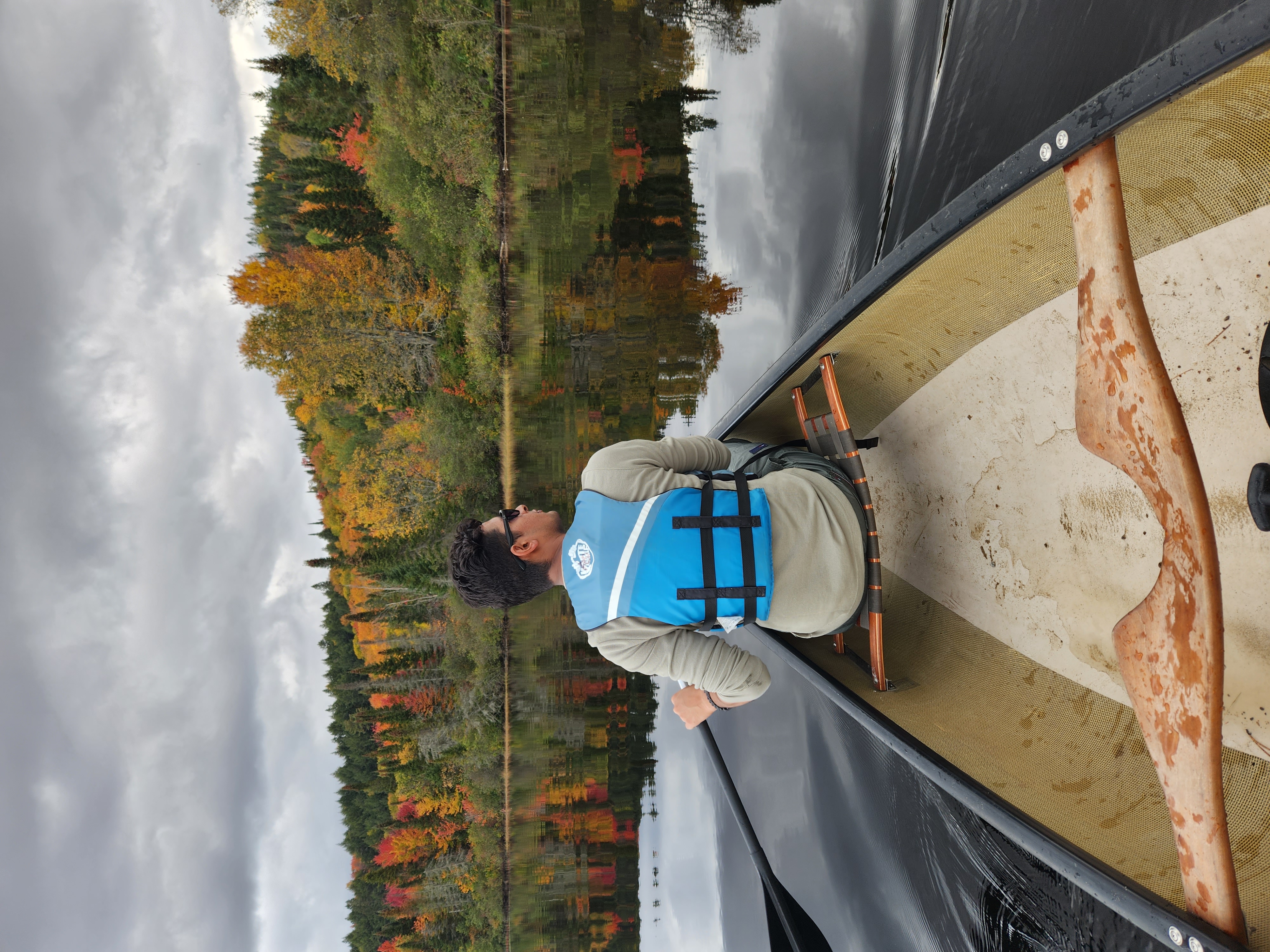Canada’s vast geography, technological expertise, and geopolitical position present a unique opportunity to harness the space sector for national growth. While Canada has a proud legacy in space , from the Alouette satellite to the iconic Canadarm , the global space economy is rapidly evolving. The rise of commercial spaceflight, satellite-based services, and international lunar missions means space is no longer just a scientific frontier , it’s a critical driver of economic development, national security, and technological innovation.
To remain competitive and future-ready, Canada must invest strategically in its space sector, positioning itself not just as a participant, but as a global leader in key space domains.
1. Economic Opportunity in a Trillion-Dollar Industry
The global space economy is projected to reach $1 trillion by 2040, with satellites, launch services, remote sensing, and in-orbit infrastructure at the core of this growth. Canada can tap into this expanding market in several ways:
a. Satellite Manufacturing and Services
Canada already has strong players in satellite tech, like MDA and Telesat. By investing more in low-Earth orbit (LEO) constellations, Earth observation, and weather monitoring, Canada can expand its footprint in commercial satellite services , especially for agriculture, forestry, mining, and climate resilience.
b. Telesat Lightspeed: A National Asset
The Telesat Lightspeed constellation aims to deliver high-speed broadband across remote and underserved areas. This can bridge Canada’s digital divide, support Indigenous communities, and enable telemedicine, remote education, and e-commerce in the North ,all while generating domestic revenue and IP.
c. Launch and Manufacturing Infrastructure
Canada currently lacks its own orbital launch capability. Establishing a commercial spaceport, such as the proposed facility in Nova Scotia, could position Canada as a reliable North American launch hub, especially for small satellite launches.
2. Geostrategic Advantage in the New Space Race
With increasing international competition over space resources, orbits, and communications bandwidth, space is now a matter of national security and sovereignty.
a. Arctic Surveillance and Sovereignty
Canada’s Arctic territories are increasingly important geopolitically. With melting ice caps opening new shipping lanes and foreign powers eyeing northern resources, satellite-based Arctic surveillance becomes crucial. Canadian-designed radar satellites like RADARSAT Constellation Mission (RCM) are vital tools for monitoring northern borders, ship traffic, and environmental changes.
b. Defending Orbital Assets
As space becomes more contested, protecting Canadian space assets from interference, hacking, or debris becomes essential. Collaborating with allies on space domain awareness and anti-jamming technologies can ensure Canada remains secure in orbit.
c. Contributing to International Missions
Canada is a key partner in NASA’s Artemis program and will soon see a Canadian astronaut orbit the Moon. Continued investment in robotics (Canadarm3) and lunar science will secure Canada a place in the emerging cislunar economy and give Canadian firms access to lucrative lunar contracts.
3. Fostering Innovation, Talent, and STEM Growth
The space sector drives spin-off technologies that benefit everything from medical imaging to climate science. More importantly, it inspires young Canadians to pursue careers in science, technology, engineering, and mathematics (STEM).
a. Support for Startups and Scaleups
Canada’s innovation ecosystem includes promising space startups focused on satellite AI, propulsion systems, and debris removal. The government can foster growth by providing seed funding, tax credits, and procurement contracts to help these firms scale globally.
b. Education and Workforce Development
Through scholarships, internships, and school programs like CanSat, Canada can build a diverse space workforce. Collaborations between the Canadian Space Agency (CSA), universities, and the private sector are essential to nurturing homegrown talent.
4. Climate Monitoring and Environmental Stewardship
Canada’s environment ,from forests to glaciers , is undergoing rapid change. Satellites provide vital data to monitor:
Forest fires and carbon emissions
Floods and droughts
Permafrost thaw
Glacier retreat and sea-level rise
By investing in climate-focused satellite missions, Canada can become a world leader in environmental intelligence, helping both domestic policy and international climate research.
5. A Call to Action: National Space Strategy and Investment
Despite these opportunities, Canada’s space budget remains modest , less than 0.03% of GDP. To capitalize on the full potential of the space sector, Canada needs:
A bold national space strategy with long-term vision and stable funding
Increased annual funding for the Canadian Space Agency (CSA) , from under $500M to at least $1 billion
A Space Innovation Fund to accelerate research and commercialization
Better integration of space priorities with defense, climate, and telecom strategies
Conclusion
Canada’s future lies not just in its natural resources, but in its space capabilities. From safeguarding Arctic sovereignty to unlocking broadband access in the North, from contributing to lunar exploration to fueling the next wave of innovation, space is no longer optional , it is essential to Canada’s growth, resilience, and leadership.
Now is the time to elevate our ambitions and launch Canada into its rightful place among the world’s top spacefaring nations.














